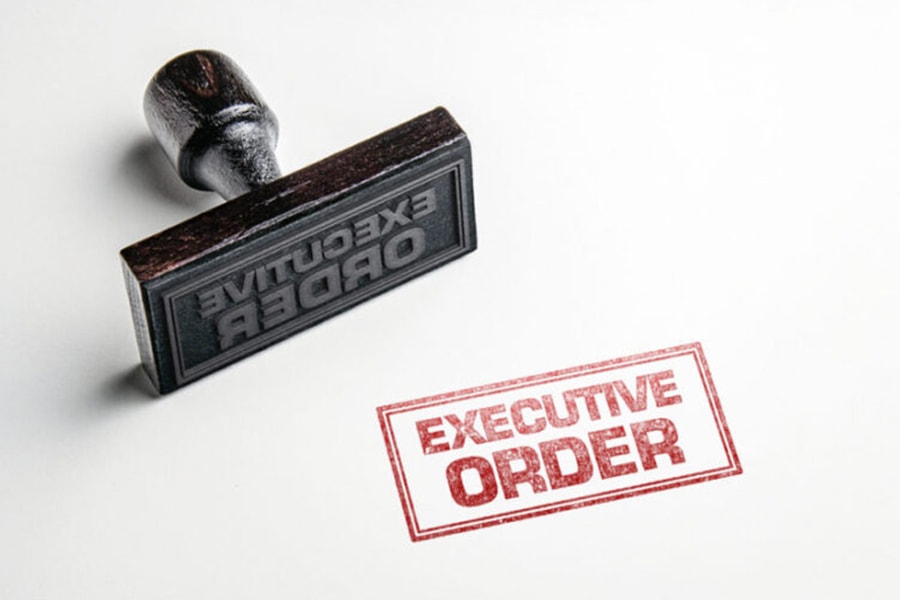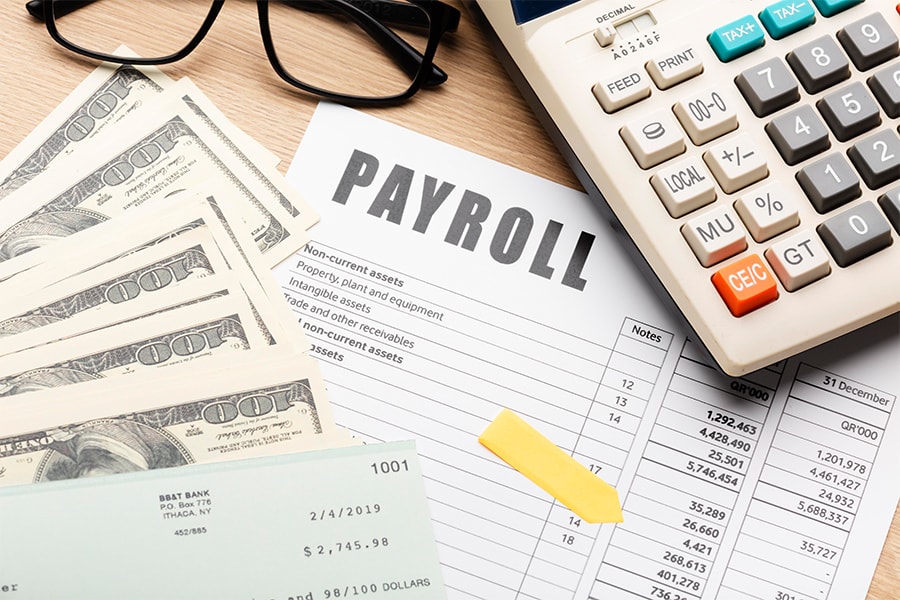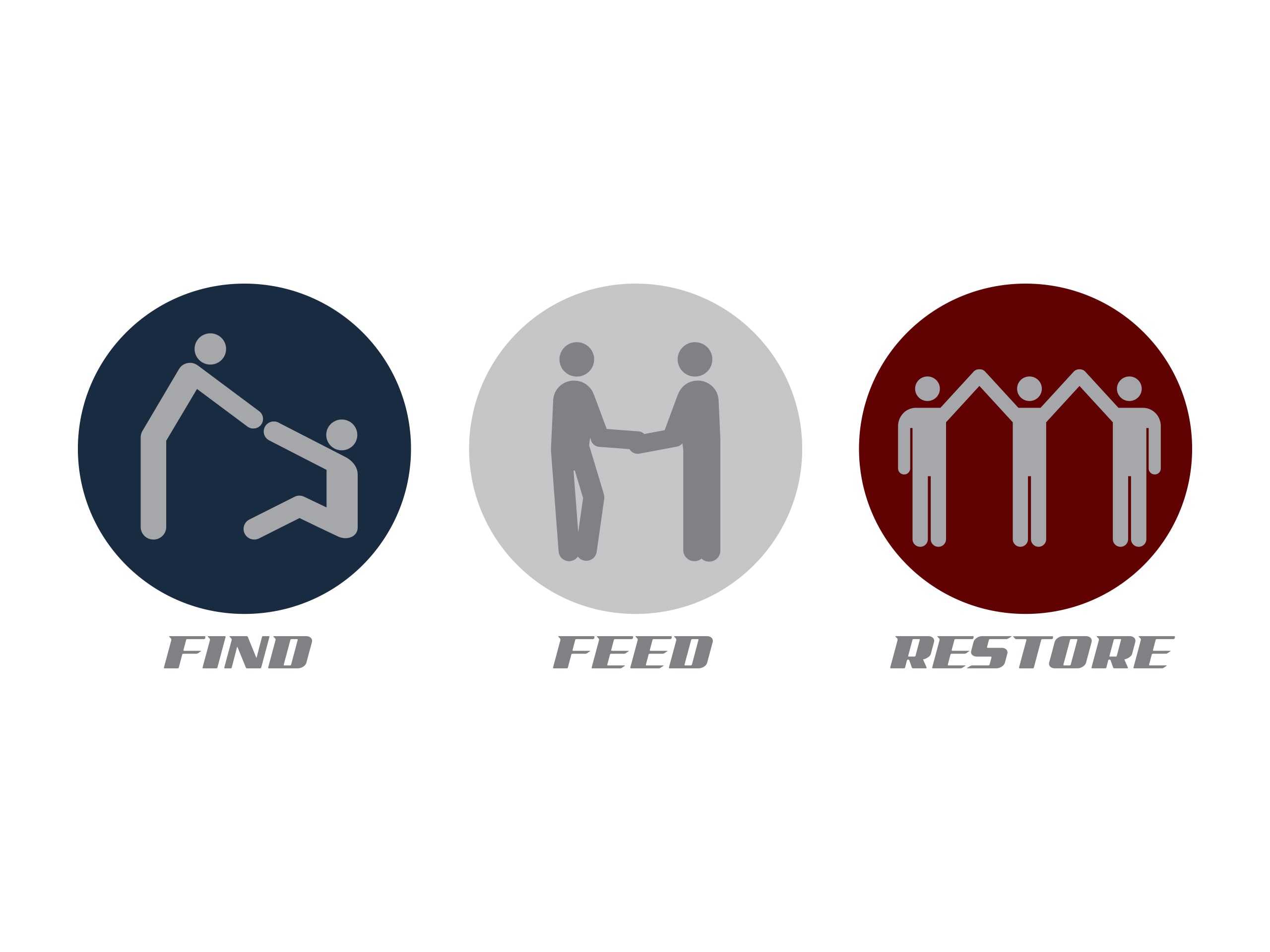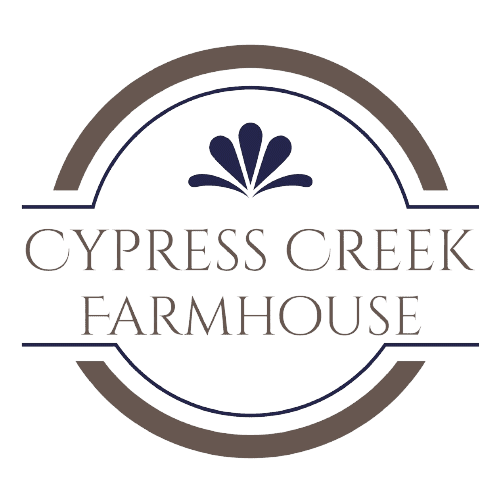1031 Exchanges: What Investors and Realtors Need to Know
I was fortunate to attend a seminar presented by Claudia Kiernan, Senior Vice President of IPX 1031 and hosted by Chelsea Title. The seminar discussed the exchange of real property held for productive use or investment, 1031 Exchanges.
What Is A 1031 Exchange?
It is a tax deferred exchange as defined by the Internal Revenue Code (I.R.C.) 1031 which allows you to fully defer capital gain taxes or investment assets. As of January 1, 2018, the new tax law revised the code and applies only to real estate assets (often referred to as like- kind). It does not apply to exchanges of stock in trade, inventory, or property held for sale, such as property acquired and developed or rehabbed for purposes of resale. Examples of like-kind properties are retail, apartments, single family, raw land, industrial property, and commercial.
Taxes imposed on capital gains:
- Single investors exceeding the $425,800 (up from $400,000) taxable income threshold and married couples exceeding the $479,000 (up from $450,000) taxable income threshold now pay 20% Capital Gains tax on the amount that exceeds the threshold.
- The Affordable Healthcare Act added a 3.8% tax on certain net investment income. Net investment income includes: dividends, capital gains, retirement income and income from partnerships. The surtax is imposed on the amount in excess of $200,000 for single filers and $250,000 for married couples filing jointly.
- Depreciation recapture gain will be taxed at 25%.
- Keep in mind all the different state laws or tax rates imposed on capital gains.
The 1031 Exchange transaction allows investors to defer the capital gains tax by reinvesting the proceeds in another investment property; in this event, the sales contract should include exchange cooperation language to facilitate the assignment of the contract to the Qualified Intermediary. The Exchange value must be equal or greater to defer the taxes.
Realtors
Realtors, when working with a client who is not selling their primary residence be sure to ask them about the 1031 Exchange. Do not assume they are aware of this process. For example, will your client have a gain? You need a gain in order to do a 1031 Exchange. To determine if you have a capital gain, take your sale price, minus your closing costs, minus your cost bases, and then add in the depreciation. If you have a gain you can do a 1031 Exchange.
Once you or your client has determined they can do a 1031 Exchange, the exchange process must be completed in 180 days. The process starts on or before the closing starts. Then you and your client must identify the potential replacement property or properties within the first 45 days. You then have 120 days to close. There are no extensions to the deadlines (unless a Federal disaster is declared), the days are calendar days, and time starts the day the first property is relinquished.
With the proper intent, like-kind real property exchanges can be: residential for commercial, commercial for industrial, single family for multi-family, non-income vacant land for income producing, and swamp land for bank building. What does not qualify as a like-kind property? Property held for resale (inventory), primary residence, foreign property. Your client can sell one property and buy multiple properties. This transaction can motivate the buyer who may not be informed of the 1031 transactions. Your client can also sell multiple properties and buy one property which could consolidate properties to make it easier to manage. A 1031 Exchange transaction can also occur between states if your seller is interested in moving markets.
In Addition To The 1031 Exchange Time Limit Rules, There Are Identification Rules
- Three Property Rule – The Exchanger may identify up to three properties of any value.
- 200% Rule – The Exchanger may identify more than three properties if the total fair market value of what is identified does not exceed 200% of the fair market value of the relinquished property(ies).
- 95% Exception Rule – If the Exchanger identifies properties in excess of both Rule 1 and Rule 2, then the Exchanger must acquire at least 95% of the value of all properties identified.
The procedures for property identification must be:
- The property identification must be delivered to a party to the exchange that is not a disqualified party (i.e. the Qualified Intermediary).
- It must be in writing and signed by the Exchanger (never too late can be signed at settlement).
- It must be “unambiguous” (site specific – a condo would need the unit address, not the condo address).
- It must be delivered, mailed, faxed, or “otherwise sent” within the 45 days.
- An identification can be revoked within the 45 days, but the revocation must also follow the preceding steps.
In order to obtain a deferral of the entire capital gain tax the Exchanger must:
- Purchase property of equal or greater value.
- Reinvest ALL of the net proceeds from the relinquished property.
- Replace the value of the debt that was on the relinquished property. This can be achieved by placing a loan on the replacement property of an equal amount, injecting equity from outside of the exchange into the replacement property or a combination of these.
- Receive nothing in the exchange but like- kind property.
There are tax advantages and safe harbor rules if converting vacation homes and primary residences. It’s always good to know how tax laws can benefit you. If you have questions or would like to learn more, please call me at 407-559-1047 or go to www.denisecalderon.com.
Additional resources can be found at www.ipx1031.com. Information for this article was obtained from the IPX 1031 Tax Deferral Strategies seminar presented by Claudia Kiernan, [email protected].









